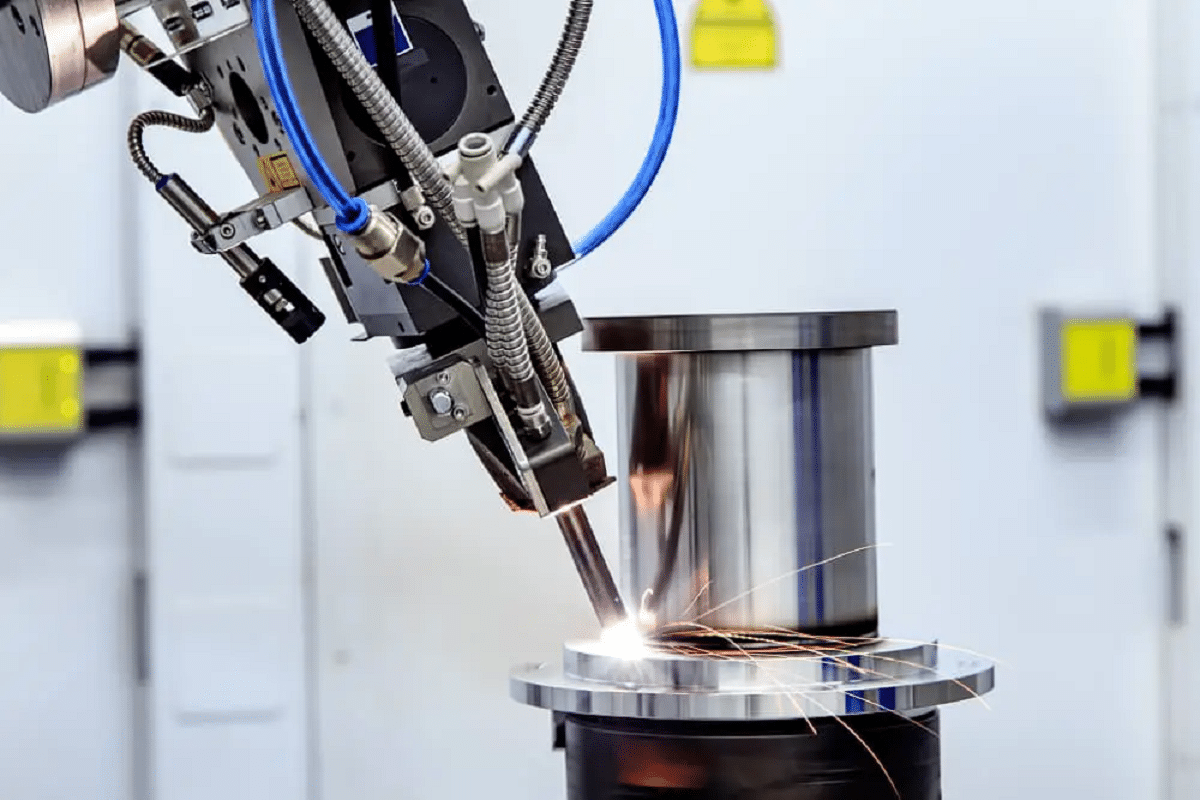Ultimate Overview to Preventing Weld Undercut: Tips and Techniques
Ultimate Overview to Preventing Weld Undercut: Tips and Techniques
Blog Article
A Comprehensive Guide to Identifying, Stopping, and Fixing Undercut Welding Issues in Your Welding Jobs
In the realm of welding, experiencing undercut issues is a typical obstacle that can endanger the structural stability and overall high quality of your welding projects. Keep tuned as we explore the crucial elements of recognizing, avoiding, and fixing undercut welding troubles, providing you with useful insights and methods to boost your welding skills to the next degree.
Common Reasons For Undercut Welding
Undercut welding, an usual concern in welding procedures, can be triggered by various factors that need to be thoroughly recognized and addressed to ensure the integrity of the weld joint. One of the primary reasons of undercut welding is extreme warm input.
One more typical reason of undercut welding is inappropriate welding strategy. Insufficient control of the welding lantern or weapon, inaccurate angle or range in between the work surface and the torch, or irregular travel rate can all add to the formation of undercut. Additionally, using the wrong welding consumables or electrode size for a certain joint arrangement can bring about undercut issues. Recognizing these source and carrying out restorative measures is important in preventing and fixing undercut welding issues in welding projects.
Identifying Undercut in Welds

To identify undercut accurately, appropriate lights and zoom tools are vital to inspect the weld joint completely. Using tools such as a welding scale or a magnifying glass can aid in identifying even the smallest undercut imperfections. Furthermore, running a finger or a finger nail along the weld joint can in some cases expose undercut, as the surface may feel irregular or have a dip where the undercut exists.
Preventive Steps for Undercut
Having a deep understanding of the causes of undercut in welds enables for the implementation of efficient preventive procedures to maintain weld top quality and stability. These setups should be maximized to stop excessive warm input, which can lead to undercut formation.

Techniques for Taking Care Of Undercut

Increasing the welding present or decreasing the travel rate can help fill up in the undercut. Additionally, altering the welding technique from a press to a drag or vice versa can also assist minimize undercut.
An additional strategy is to utilize a weaving activity while welding to make certain correct sidewall fusion and fill in the undercut. By oscillating the welding arc from side to side within the weld joint, the look at this site welder can deposit a lot more filler material into the undercut areas, effectively getting rid of the flaw.
In addition, grinding out the undercut and rewelding the joint can be a viable option for much more extreme undercut issues - Preventing weld undercut. This procedure entails getting rid of the undercut area, preparing the base steel, and after that rewelding the joint with appropriate welding criteria and techniques to stop undercut from reoccurring
Expert Tips for Avoiding Undercut
Utilizing appropriate welding strategies and maintaining control over crucial welding criteria are important strategies for welders intending to prevent undercut in their weld joints. Furthermore, selecting the appropriate welding process and filler metal for the details application can help stop undercut. Keeping a regular traveling speed during the article source welding process is one more crucial idea to stop undercut.
Verdict
Finally, determining, protecting against, and fixing undercut welding issues in your welding jobs is important for ensuring strong and resilient welds. Preventing weld undercut. By recognizing the typical reasons for undercut, having the ability to identify it in welds, implementing preventive measures, and utilizing proper techniques for repairing undercut, you can prevent possible issues and create top quality welds. Complying with expert suggestions for staying clear of undercut can help you improve your welding abilities and generate much better lead to your jobs
Undercut welding, a common issue in welding procedures, can be created by various aspects that need to be thoroughly identified and addressed to make certain the stability of the weld joint. Furthermore, running a finger or a fingernail along the weld joint can in some cases reveal undercut, as the surface area might really feel irregular or have a dip where the undercut exists.
Using proper welding techniques and preserving control over additional hints essential welding parameters are crucial approaches for welders intending to avoid undercut in their weld joints.In verdict, determining, avoiding, and fixing undercut welding troubles in your welding jobs is vital for making certain sturdy and strong welds. By recognizing the common reasons of undercut, being able to determine it in welds, implementing precautionary steps, and using proper strategies for repairing undercut, you can stay clear of prospective concerns and develop top notch welds.
Report this page